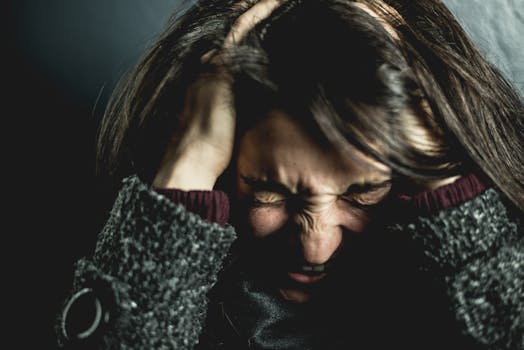Introduction

Photo by Andrea Piacquadio on Pexels
Facing financial difficulties can be overwhelming, but understanding how bankruptcy in Canada works can help you make informed decisions. 🏦 In 2025, the process remains a legal way to eliminate or restructure debts when repayment becomes impossible. Whether due to job loss, medical bills, or other unforeseen circumstances, bankruptcy offers a fresh start.
The Canadian bankruptcy system is governed by the Bankruptcy and Insolvency Act (BIA), which ensures fairness for both debtors and creditors. 🛡️ While filing for bankruptcy may seem daunting, knowing the steps, rights, and alternatives can ease the stress. This guide breaks down everything you need to know about bankruptcy in Canada in 2025.
Main Points

Photo by Andrea Piacquadio on Pexels
The first step in filing for bankruptcy is consulting a Licensed Insolvency Trustee (LIT). 💼 These professionals are the only ones authorized to administer bankruptcies in Canada. They assess your financial situation, explain options, and guide you through the process.
Once filed, an automatic stay of proceedings takes effect, stopping creditors from pursuing collections. 🚫 This includes wage garnishments, lawsuits, and harassing calls. However, not all debts are dischargeable—student loans (if less than seven years old), child support, and court fines may remain.
Bankruptcy typically lasts 9 to 21 months for first-time filers, depending on income and assets. 📅 During this period, you must complete mandatory duties, such as attending credit counseling and submitting monthly income reports. Failure to comply can extend the process.
Details and Tips

Photo by David Garrison on Pexels
- Understand exemptions: Certain assets, like a primary vehicle (up to a set value) and household items, are protected. 🚗 Always check provincial rules, as exemptions vary.
- Rebuild credit early: After discharge, start with a secured credit card or small loan to improve your credit score. 📈 Patience and discipline are key.
- Explore alternatives: A consumer proposal may be a better option, allowing you to repay a portion of debts over time without losing assets. 💡
Conclusion
Bankruptcy in Canada remains a structured process designed to help individuals regain financial stability. 🏛️ By working with a Licensed Insolvency Trustee, understanding dischargeable debts, and fulfilling obligations, you can achieve a debt-free future.
Remember, bankruptcy isn’t the only solution—alternatives like consumer proposals or debt management plans may suit your situation better. 💰 Whatever path you choose, taking action is the first step toward financial recovery in 2025.



